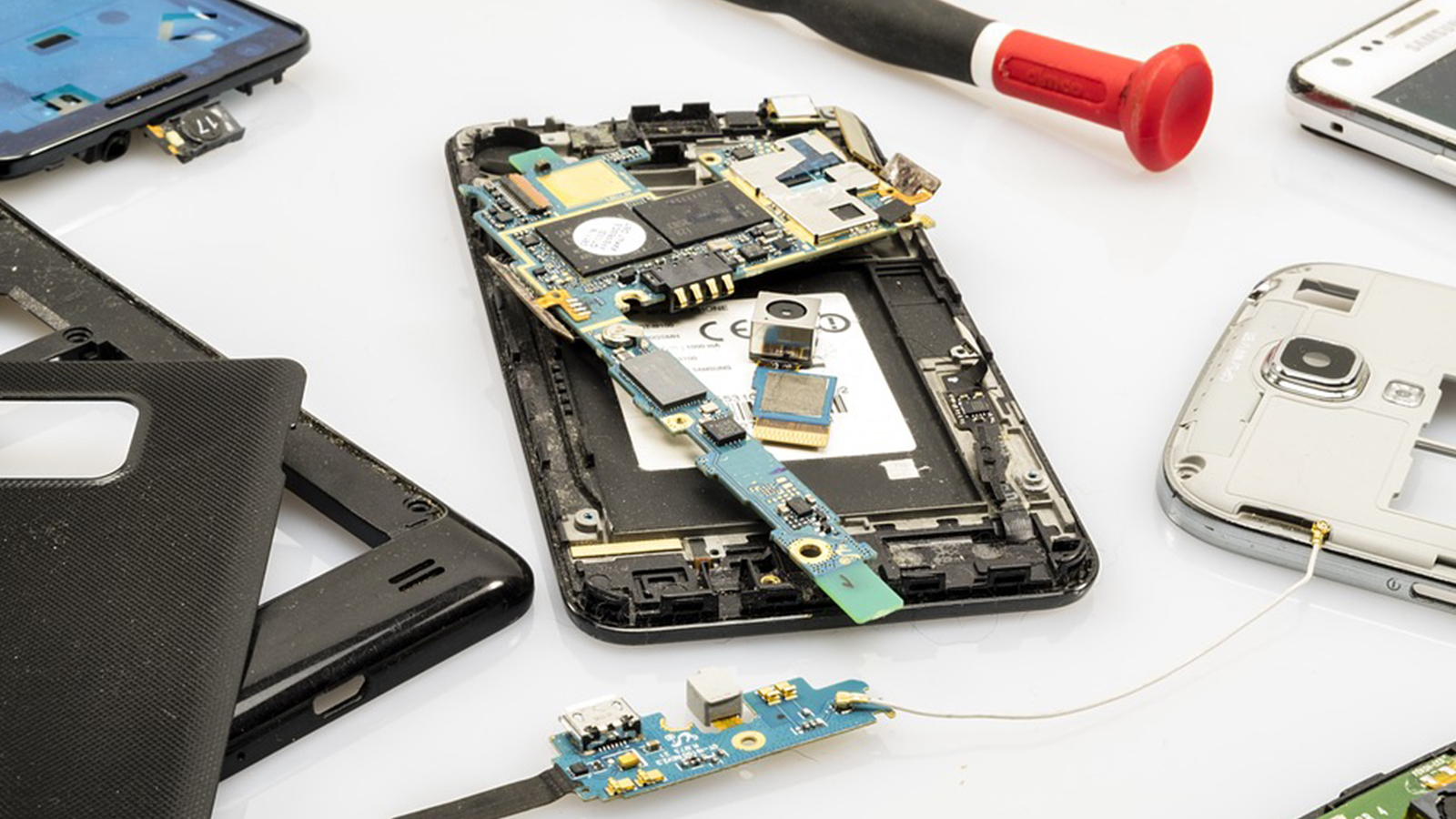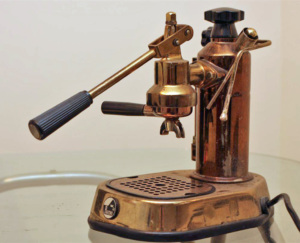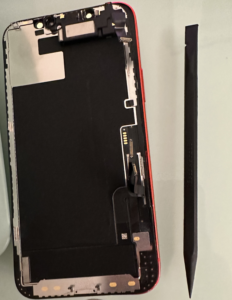
Tell Apple: Stop lobbying against my Right to Repair
iPhone repairs shouldn’t be hard. Recently, I repaired two of my favorite things: my espresso machine and my iPhone 12. One repair was terrifying and fraught, and the other was for a decades-old appliance that uses explosive pressure to make coffee while reaching 200˚F.
ADD YOUR NAME
My iPhone 12 is three years old and the battery has been draining quickly. This is normal because all rechargeable batteries that power our tech degrade over time. They can only be recharged so many times.
After three years of use, even when it was fully charged when I awoke each morning, my phone battery was dying before 3:00 p.m. and the phone was running slowly. The battery health menu confirmed it was time for a replacement, and having read about repairable phones like the fairphone 4+, and as an advocate for durable technology, decided to replace the battery myself with a DIY kit from iFixit for $60.
“How hard can it be?” I wondered.
As a caffeine addict, it’s a matter of economic sustainability for me to brew coffee at home. This daily ritual is a hobby and obsession with espresso. I’ve brought my 10-year-old La Pavoni lever pull espresso machine across the country, had it serviced, and repaired it myself a dozen times with the help of YouTube and other enthusiasts.

Vintage La Pavoni Europiccola that’s still in use.Photo by Adam Barkley | CC-BY-SA-2.0
Recently, my coffee machine wasn’t feeding my caffeine fix. The espresso wouldn’t drip into my cup. However the repair was easy: I screwed off two front bolts using a standard wrench, turned a plunger that was slightly out of alignment, and put everything back together. Let the coffee flow! It’s a high-pressure water tank that gets burning hot, but disassembly and repair are easy when a product is designed to last. The hardest part, by far, was motivating to start the repair.
Replacing my phone battery didn’t go as smoothly. While in the past, many of us had repairable phones we could replace without having to remove any screws, the iPhone 12 uses proprietary screws and glue to restrict repair. First, I needed to remove the pentalobe screws on the bottom of my device. Fortunately, I was able to buy a kit from iFixit that comes with a bit for this functionally unnecessary screw head. Then, I had to heat up the glue holding on the screen. My kit came with an “iOpener,” which I heated up in the microwave and pressed against my phone screen. Already, I felt like I’d strayed into the territory of witchcraft instead of a simple battery replacement. I used the included plunger and tried to pull the bottom half of the screen away from the body. Nothing budged.
I tried this process a couple of more times before a tiny space opened up and I quickly slipped in a plastic opener as a wedge. Crack. Uh-oh, that didn’t sound right. I continued to pull my plastic opener around the body of the phone to peel away the glue until the screen finally came off. I used the included tools to remove a dozen extremely tiny screws (a variety of screw heads and lengths) and after a quick trip to buy some isopropyl alcohol I was able to remove the glued-in battery. The installation itself was painless: snap back in the connectors, screw back in the components and then plug back in the screen to make sure everything’s working before sealing it up.
Except nothing happened. Staring into the black mirror of my phone screen, I tried several button combinations before accepting that I had broken the screen in the second step. That gap I had wedged the opener into was between the glass and the screen. Whoops. Fortunately, I was able to get a replacement screen relatively quickly, but here I faced my next repair restriction: parts paring.
Apple uses proprietary software to pair the camera and sensors attached to each screen to a single phone. If I had been an Apple store employee, I could have used new parts and paired them to my phone. Instead, I needed to heat up the glue that attached these parts to my original screen and carefully peel them off. I then stuck them to my new screen before pushing in the connectors.

Apple has used software to pair the parts glued to the top of my old screen with my iPhone. Rather than just replacing them I had to carefully peel them off to reattach to my new screen.Photo by staff | TPIN
Success! My new screen turned on! I could swipe, and touch to open apps, and the front camera I had carefully peeled off even worked. Feeling accomplished, I sealed my phone back up.
“How hard could it be?” Well, it can be made very hard when companies such as Apple, Google and Microsoft intentionally restrict repair with barriers—using proprietary screw heads, gluing on screens and batteries and using software pairing to lock out repair. It doesn’t have to be this way. Anyone can replace the battery in a Fairphone 4 using only a standard screwdriver. Restrictions are a choice made by companies that want us to keep buying more products we don’t need rather than fixing what we already own.
As smartphones have gotten thinner, they’ve also gotten harder to repair. However, I refuse to believe that Apple engineers could not have developed a more repairable phone, especially when, according to our recent scorecard, every other major manufacturers’ phones are easier to fix.
No, I believe the main difference in the ease of repairing my 10-year-old espresso machine and 3-year-old iPhone comes down to a decision by the manufacturers. La Pavoni designs its products to last. That’s why 1970s espresso machines are valuable. Given how hard their products are to repair, I’m led to wonder if Apple just isn’t as concerned with repair.
When companies don’t design technology to last, we’re pushed to spend $1,000 on increasingly disposable phones. It isn’t sustainable to continue to buy, use and trash technology at this current rate. That’s why I’m working to hold companies accountable to design repairable, repurposable and durable products.
I’m calling on Apple to stop lobbying against our Right to Repair. Without corporate lobbying, more states can join New York in passing laws that give us the parts, tools and information we need to fix our stuff.
If Apple cares about its environmental record, it must stop fighting our Right to Repair.
ADD YOUR NAME
Lucas leads PIRG’s Designed to Last campaign, fighting against obsolescence and e-waste and winning concrete policy changes that extend electronic consumer product lifespans and hold manufacturers accountable for forcing upgrades or disposal.
